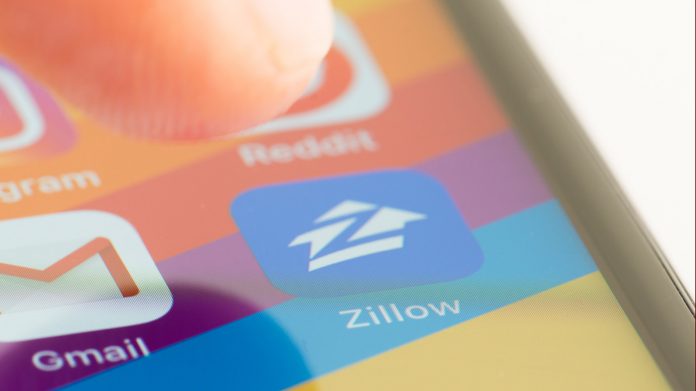Key Highlights
- Company stock pushed to record highs by its fans on Wall Street
- Stock analysts from two behemoths targeted company price at $200/share, according to Yahoo Finance,and at $202/share, according to MarketWatch
Zillow Now an Even Bigger Darling of Wall Street
As of President’s Day on February 15, Zillow’s share price on Wall Street came in at $202.94.
This share price came in after Wall Street’s Goldman Sachs and Deutsch Bank targeted the company’s share price at $200 and $202, respectively, and even before Zillow announced its latest Q4 2020 earning report.
Is Zillow Everyone’s Darling?
Not so much. According to an even more recent article from the Wall Street Journal, buying Zillow’s stock today is “…like buying a home at the height of the market. Literally.”
The Journal’s article went on to say, “…with Zillow’s shares up +270% over the last 12 months…a cold shower may be in order.”
Consumer Demand Does Not Automatically Mean Profit
Despite relatively long-standing Zillow surfing (a punch line of a “Saturday Night Live” skit in early February) and the company’s acquisition of ShowingTime last week, “just looking” doesn’t automatically translate into “buying.”
Zillow’s Q4 2020 Report Indicated its iBuying Segment Made Nearly $22K/House
For the first quarter ever, Zillow’s Q4 2020 report showed that its iBuying market segment generated a profit of almost $22,000/house, bought and sold.
Others Disagree
Mike delPret, a real estate scholar in residence at the University of Colorado at Boulder, disagreed. DelPrete’s math showed that, after expenses, Zillow lost -$72,000/home “…even on,” according to The Journal, “the basis of adjusted earnings before interest, taxes, depreciation and amortization” during Q4.
In a blog post written the day after Zillow’s Q4 report was published, DelPret said that iBuyers such as Zillow were “turning obfuscation of profit into an art form…an immaculate conception version of iBuying, where transactions magically occur without employees, customers materialize out of thin air, and technology is freely available to all.”
Question for Zillow’s Investors – “How Much of Consumers’ Fantasies Will Play Out in Real Life?”
Even is DelPret’s math about Zillow losing-$72,000/home in Q4 2020 is accurate, losin-$72,000/home is better than losing-$129,000/home as the company did in Q3 2020.
The revenue improvement in Zillow’s iBuying Home Market segment as of Q4 2020 was nearly equal to its Premier Agent segment, the segment that makes up, according to The Journal, “the bulk of (Zillow’s) high margin internet, media and technology segment, driving overall profitability for the company today.”
We’ve no answers to that question concerning Zillow’sinvestors. We’ll just have to wait and see if The Journal’s “cold shower” warning comes to pass.
Thanks to The Wall Street Journal, Zillow, Mike DelPrete, Inman, Goldman Sachs and Deutsche Bank.
























